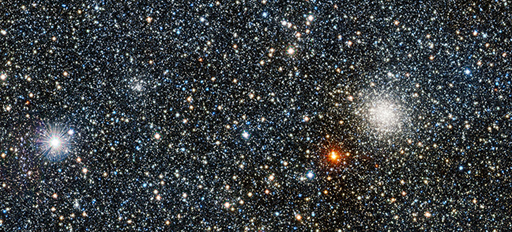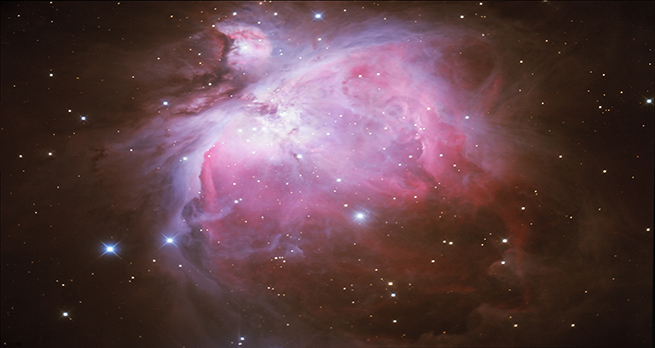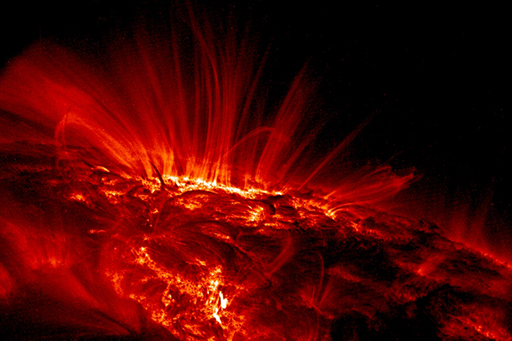4.1.1 The right type of star
Is the Sun the right sort of star for life? Is there anything that sets our star apart from other stars?
You have already considered the type of star our Sun is: a hydrogen-burning main sequence star of spectral class G2, around 4.56 billion years old. The Sun is not particularly special – but it does have a system of planets orbiting it.
Possession of a planetary system implies the presence of dust, which comes from recycling of stellar nucleosynthetic products. Remember back in Week 2, you learned that some stars go through a progression through the elements, burning hydrogen to helium and eventually to carbon, oxygen, silicon, magnesium and iron. Without at least one generation of stellar cycling to produce these elements, no planets could form. The lifecycle of a star, and the production of different elements was considered in The life of a star [Tip: hold Ctrl and click a link to open it in a new tab. (Hide tip)] .

Do other types of star have the potential to host a planetary system containing a planet on which liquid water is stable, upon which life might arise?
Not all stellar types are likely to evolve to allow development of planetary systems. Star systems made up of the very oldest stars, such as globular clusters, as shown above, have very low abundances of elements other than hydrogen (H) and helium (He), and so are unlikely to produce rocky planets.
So, for a star to have a planetary system, the star must be sufficiently old for the dust and gas from which it formed to contain material from earlier generations of stars that have produced the different elements. But is this sufficient?
In the next section, you will see what other types of star have histories which would not allow planets with life to form.

